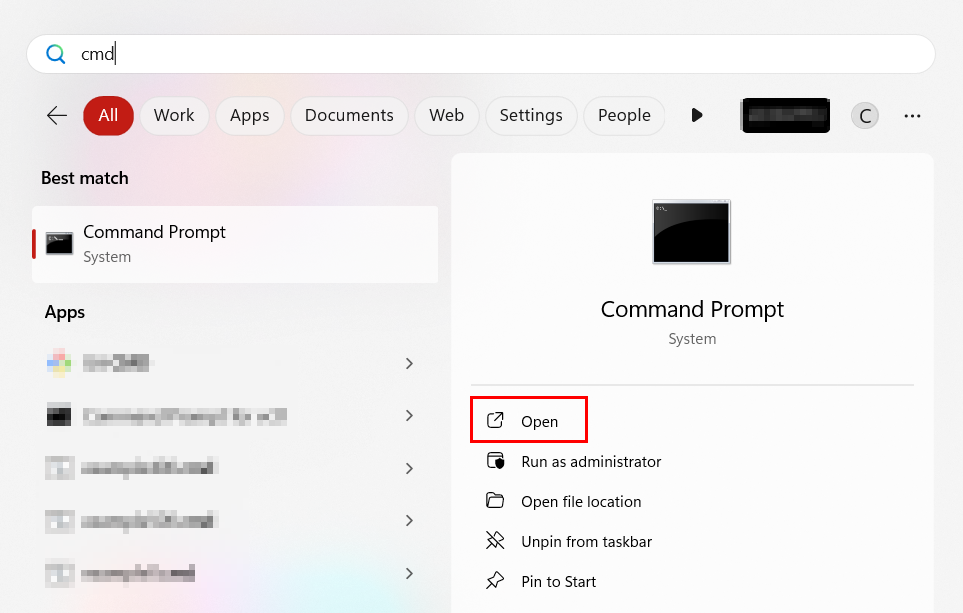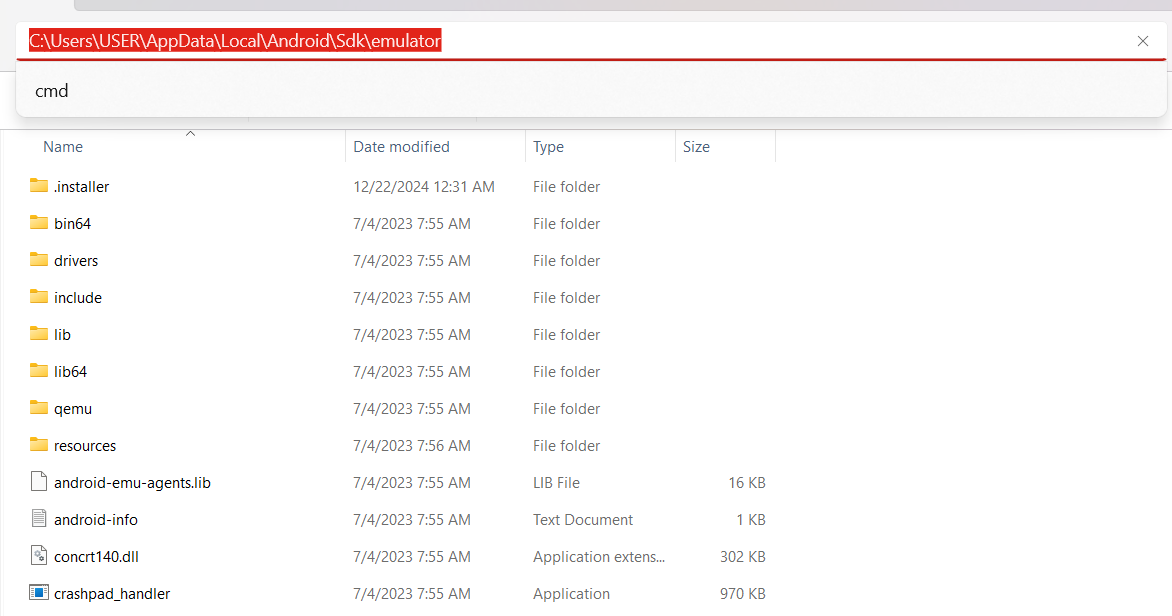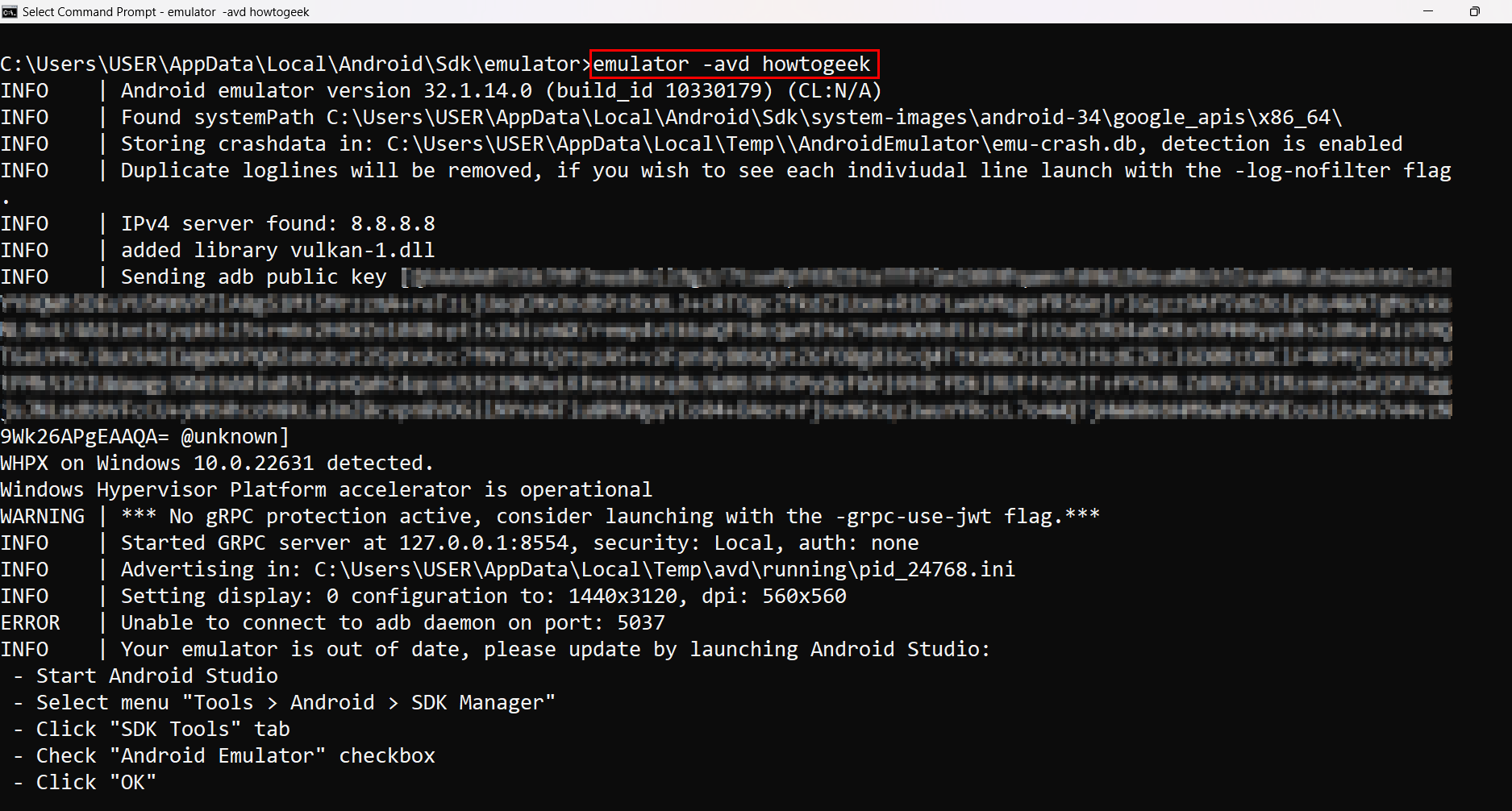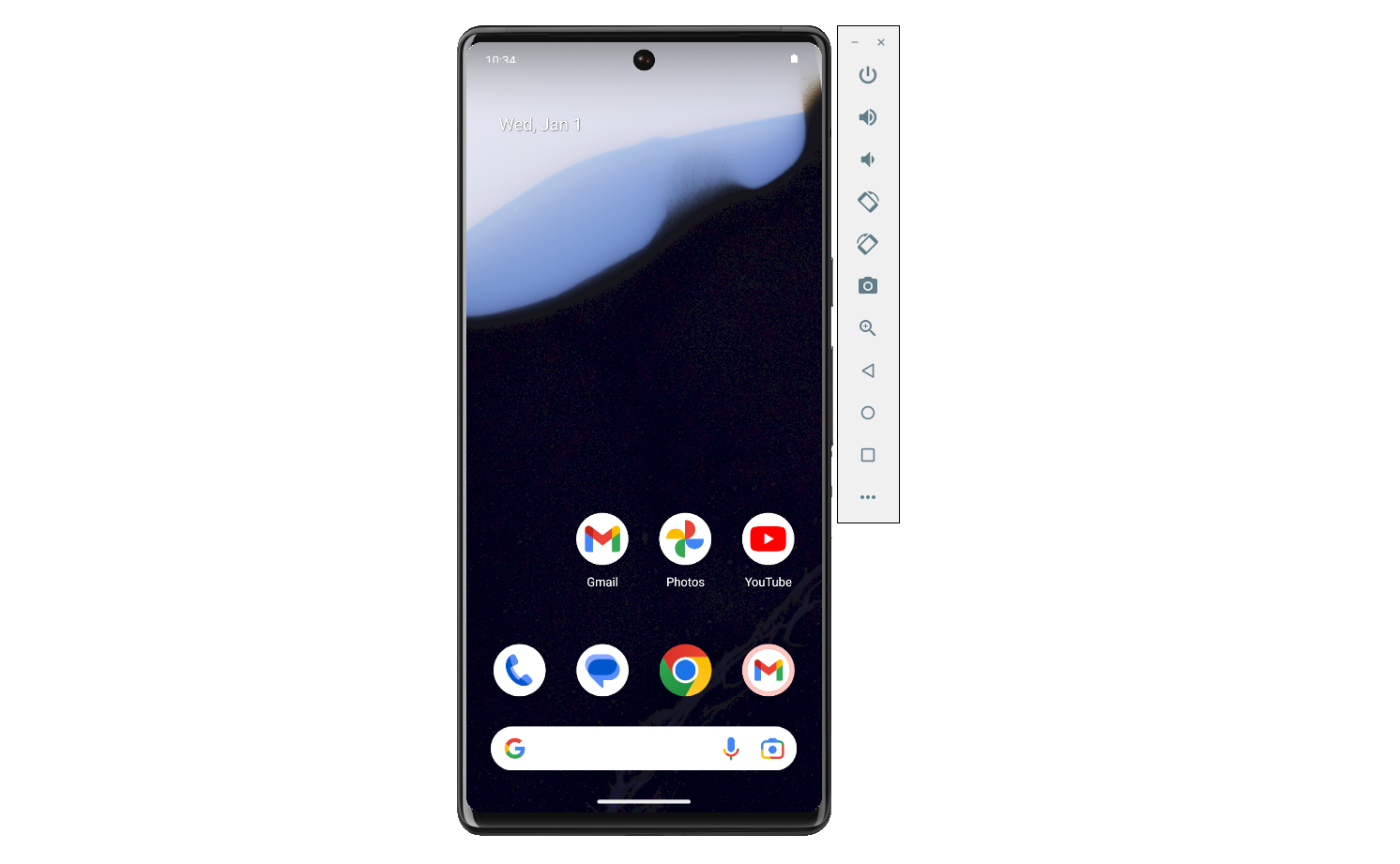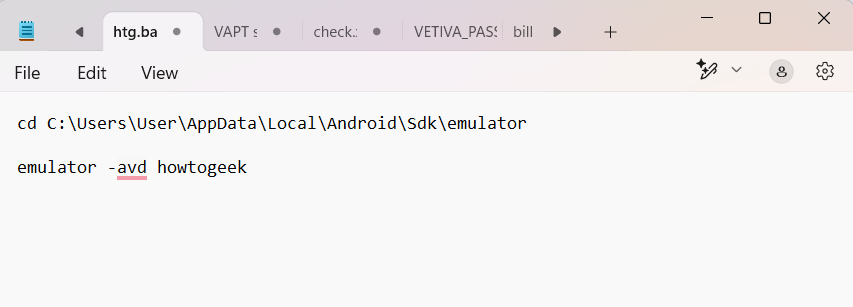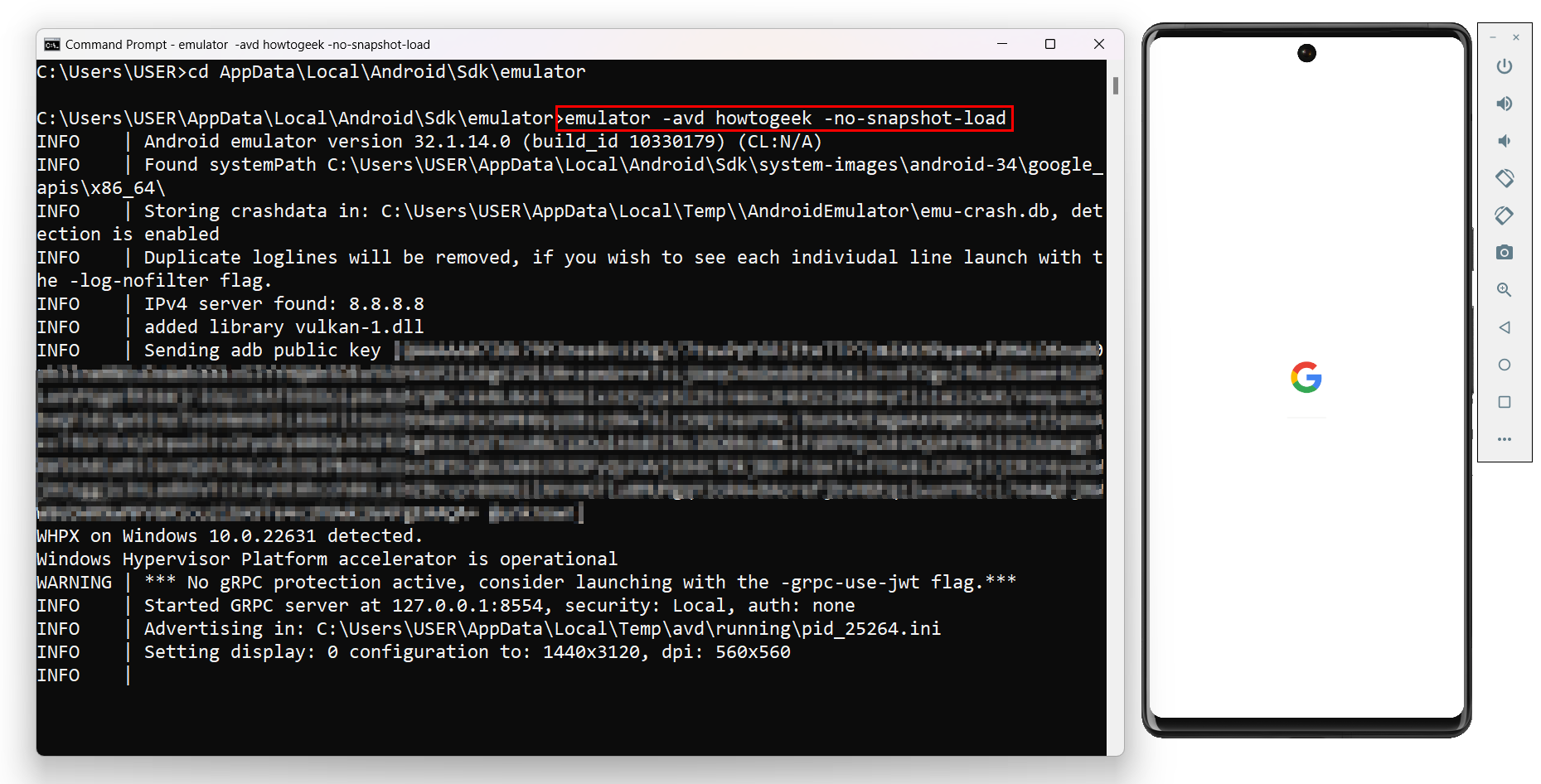You don’t always have to rely on the graphical interface to launch your Android Studio Virtual Device. The command prompt offers a faster, more efficient way to manage your emulator. This article explores how to start and reboot your virtual device effortlessly on Windows using simple commands.
What Is the Android Studio Emulator?
The Android Studio Emulator is a versatile tool that enables you to test Android apps and explore the platform without needing a physical device. It simulates a fully functional Android environment on your computer, offering a virtual device that mirrors the features of smartphones and tablets. Android Studio provides an Android Virtual Device (AVD) Manager, which allows you to create and manage these virtual devices. With the AVD Manager, you can tailor virtual devices to specific Android versions, screen sizes, resolutions, and hardware configurations, making it easy to test app performance across various environments.
This emulator also supports advanced features like GPS simulation, multi-touch input, and sensor emulation, giving you a comprehensive testing platform. Beyond developers, it’s a valuable resource for educators, tech enthusiasts, and anyone curious about exploring Android. Whether you’re troubleshooting app behavior, experimenting with Android settings, or simply learning the platform, the emulator offers a convenient and flexible way to interact with Android in a controlled and customizable environment.
How To Start Your Virtual Device From the Command Prompt
To start your virtual device, open the Command Prompt on your Windows machine. Type “cmd” in the search bar and select it from the results.
Next, you’ll need to navigate to the directory where the Android SDK is installed. By default, this is typically found at:
C:\Users\\AppData\Local\Android\Sdk\emulator
To quickly move to this folder from the Command Prompt, use the cd command. For example:
cd C:\Users\\AppData\Local\Android\Sdk\emulator
Alternatively, you can use File Explorer to navigate to the emulator directory. Once there, type “cmd” in the address bar at the top, and it will open the Command Prompt directly in that folder.
Once you’re in the correct directory, you can check which virtual devices are available by typing the command:
emulator -list-avds
This will show you all the Android Virtual Devices (AVDs) you’ve created. From there, you can choose the one you want to launch.
o start a specific virtual device, simply enter the following command:
emulator -avd
Replace
In a few seconds, the chosen virtual device will begin running, ready for use.
With these steps, you can easily manage your virtual devices without having to open Android Studio, offering a quicker, more streamlined approach.
How To Automate the Virtual Device Launch With a Batch File
Manually navigating to the emulator directory and entering commands every time you want to launch your virtual device can become tedious. By creating a batch file (a simple script that automates commands), you can open your virtual device of choice with just a double click, saving time and effort.
A batch file is a text file with the .bat extension that contains a series of commands to be executed in sequence by the Command Prompt. It’s like creating a shortcut to execute repetitive tasks automatically. Here’s how to set one up for your Android Virtual Device:
First, open a text editor like Notepad. Start by entering the command to navigate to the directory where your Android SDK emulator tools are located. For example:
cd C:\Users\\AppData\Local\Android\Sdk\emulator
Next, add the command to launch your desired virtual device. Replace
emulator -avd
Once you’ve written the commands, save the file with a .bat extension. The file should look like this:
For instance, you can name it ‘htg.bat’. When saving, make sure the “Save as type” is set to “All Files” to avoid accidentally saving it as a .txt file.
To place the batch file on your desktop or any preferred folder, simply save it to that location. Now, whenever you want to start your virtual device, you can just double-click the batch file, and it will execute the commands to open the emulator.
How To Reboot the Virtual Device Using Command Prompt
Rebooting your Android Virtual Device can mean different things depending on the situation. If the virtual device becomes unresponsive or you want to completely refresh it, a cold boot is the way to go. This process ensures the emulator starts as if it were being powered on for the first time, clearing any temporary state or cached data.
To perform a cold boot directly from the command prompt, navigate to the emulator directory where the tools are located. For most installations, this path is:
C:\Users\\AppData\Local\Android\Sdk\emulator
Once you’re in the directory, use the following command to cold boot the virtual device of your choice:
emulator -avd-no-snapshot-load
The -no-snapshot-load option ensures that the virtual device starts fresh without restoring the previous session. This is particularly useful for troubleshooting or testing scenarios where the emulator needs to be in a clean state.
If the virtual device is already running and you’d like to perform a standard reboot, you can use the adb reboot command instead. This command restarts the emulator without completely resetting its state:
adb reboot
Understanding the difference between a cold boot and a standard reboot is important. A cold boot provides a clean slate, while a standard reboot is quicker and retains the current state. Both methods can be used depending on the context, and knowing when to apply each can save you time and avoid potential issues. ADB has a lot of commands that make your Android experience fun.
Do More With Command Prompt
Mastering the command prompt for managing your Android Studio Virtual Device opens up a world of efficiency and flexibility. Whether you’re launching, rebooting, or creating shortcuts with batch files, these techniques simplify your workflow and minimize dependency on the graphical interface. With just a few commands, you can save time, troubleshoot issues, and maintain complete control over your virtual devices.


